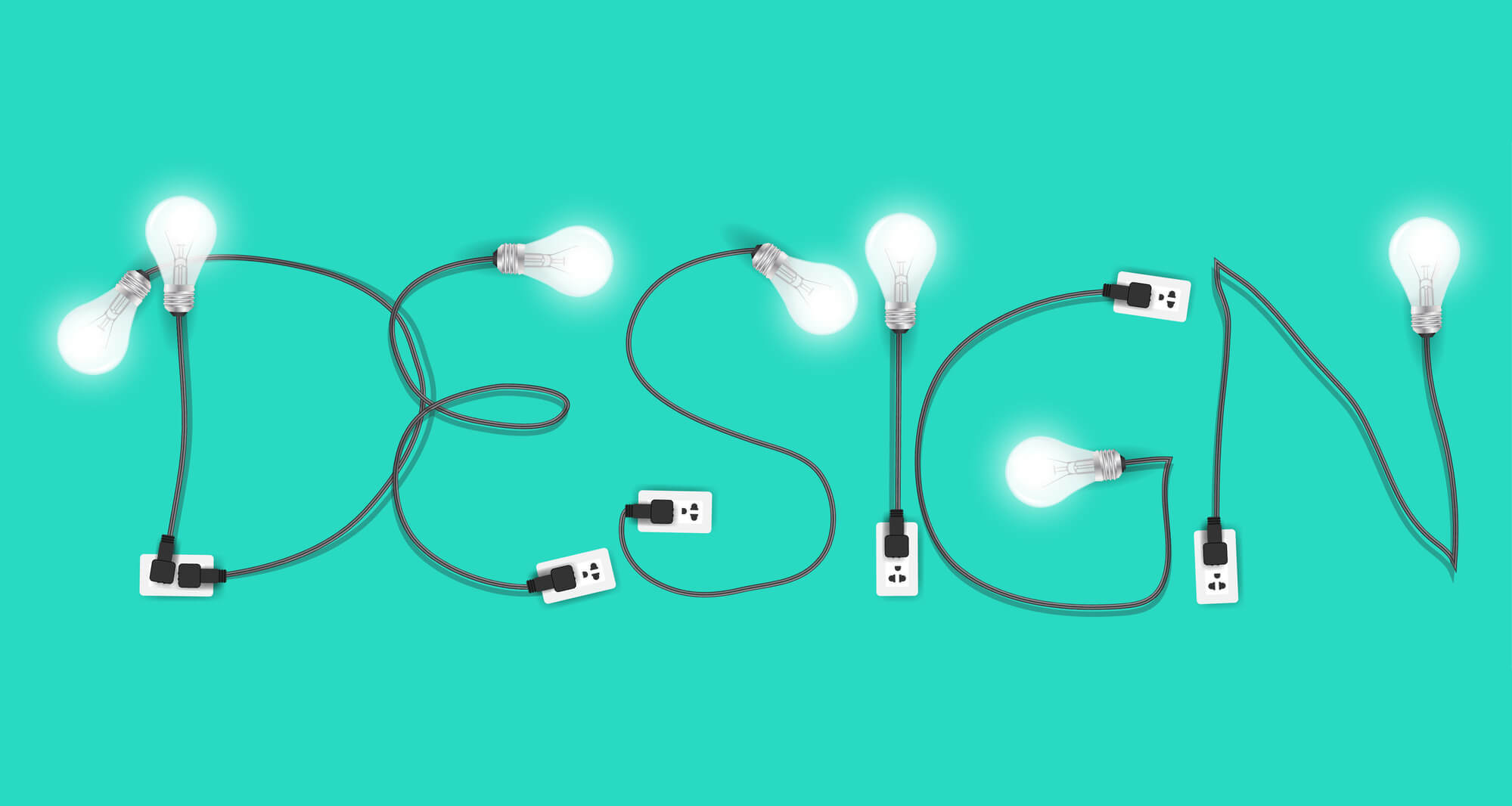Let’s say you have a brilliant business idea you want to embody. You already know what product or service you’re going to offer and what audience you will be targeting. But let’s face it, no matter how awesome your offer is, it is hardly enough to make a real impact in the modern world. If you set out to make a real buzz, you will need a strong and appealing corporate identity. And nothing talks as much about your business as a strategic brand design.
In an information-driven age, such as ours, people tend to think in terms of imagery. So, if you want your brand to be memorable and recognizable, you need to make its visual representation vivid and meaningful. This is exactly what your corporate design should achieve.
What is a strategic corporate design?
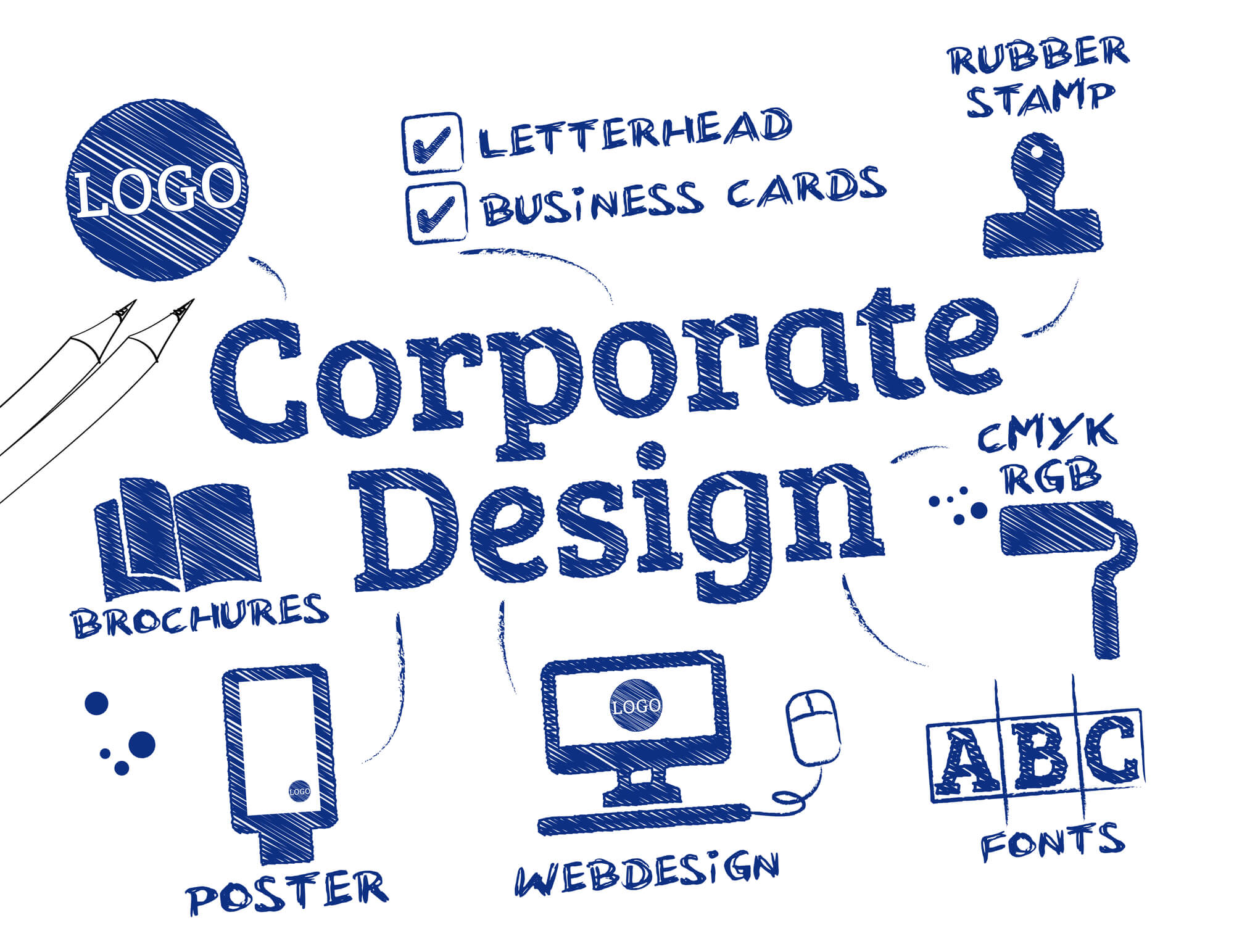
To make a positive and lasting impression on people, it’s not enough to stand out from the competition. It is also important to communicate a certain message to your target audience. This message should reflect your company’s philosophy and values, express an attitude, and conjure strong imagery and associations.
Most successful companies clearly realize the role of carefully elaborated visual design for their brands. Take such giants as Apple, Mercedes-Benz, Google, Coca-Cola, and the like. You don’t need to think twice to recognize their products and branding. This is because their brand design perfectly represents everything these companies stand for. In other words, they reflect their image.
Your brand should be no different. But to achieve this level of recognition, you need to approach your corporate design strategically: define what you stand for, flesh out the attitude you want to convey, and conceive the image that would best represent your brand. Then you need to give your ideas a visual form by developing corresponding branding elements (a logo, brand colors, fonts, etc.). Finally, you should stick to this specific identity concept and be consistent with your brand design in order to cultivate the desired image in the minds of customers in the marketplace.
Steps to creating an attractive corporate design
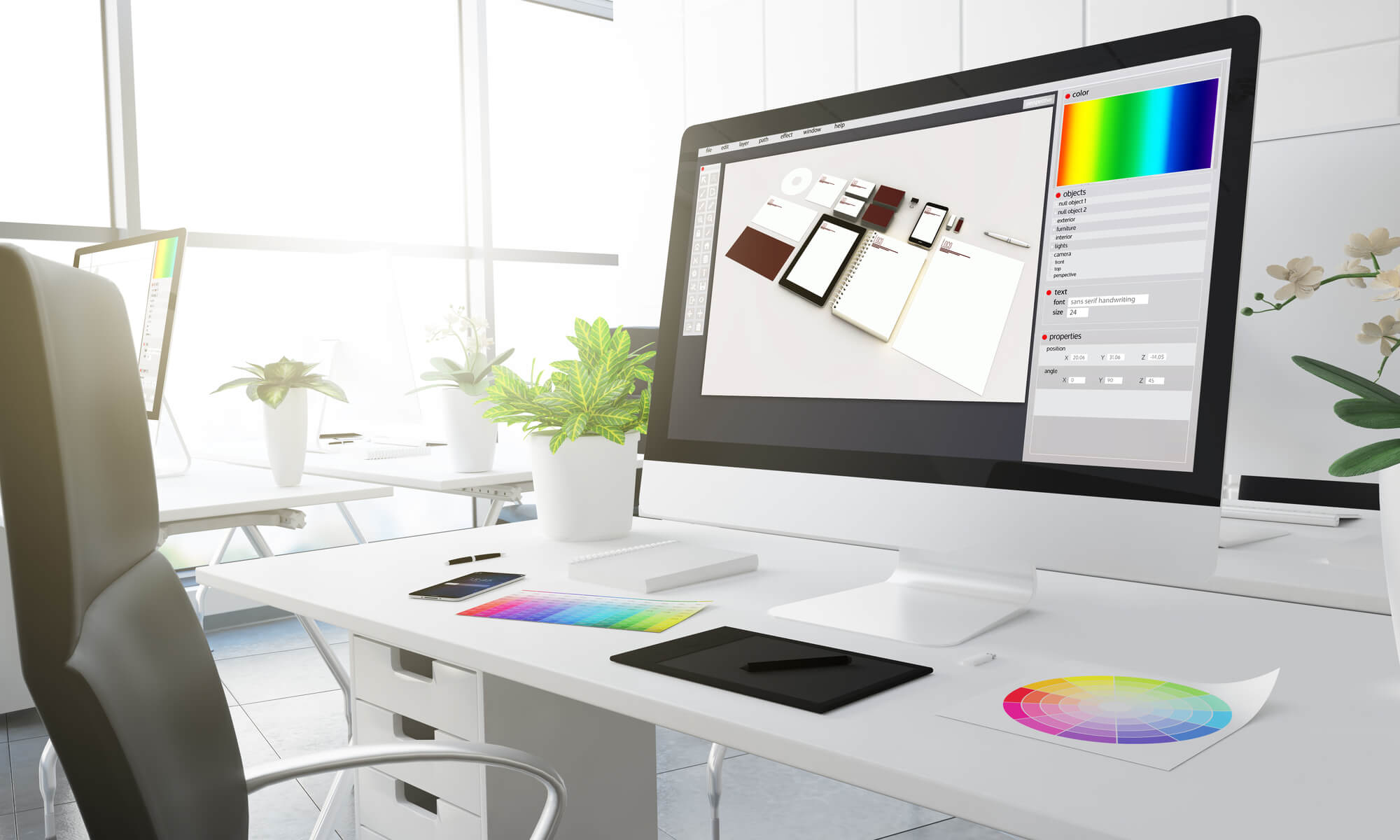
A corporate design consists of multiple elements that you need to take care of during the “strategic” phase of your brand building process. Below are the steps you should consider when creating your corporate design.
1. Define your corporate philosophy from the get-go
If you approach your brand-building process strategically, you will begin by defining your corporate values and culture. We recommend you make this a priority and take care of it before you even start developing your brand design, not vice versa.
This is important because all your subsequent decisions will depend on your brand philosophy. Of course, you can create your logo and establish brand colors first and then add meaning or symbolism to them as you go along. But that would be an afterthought. To make sure your corporate design and branding are consistent and impactful, think of the meaning first and then embody it in your logo and design.
What message do you want to convey to your target audience? What attitude will your brand foster? What emotions will it evoke? By answering these questions, you will create an ideological framework for later decisions.
2. Create a dazzling logo
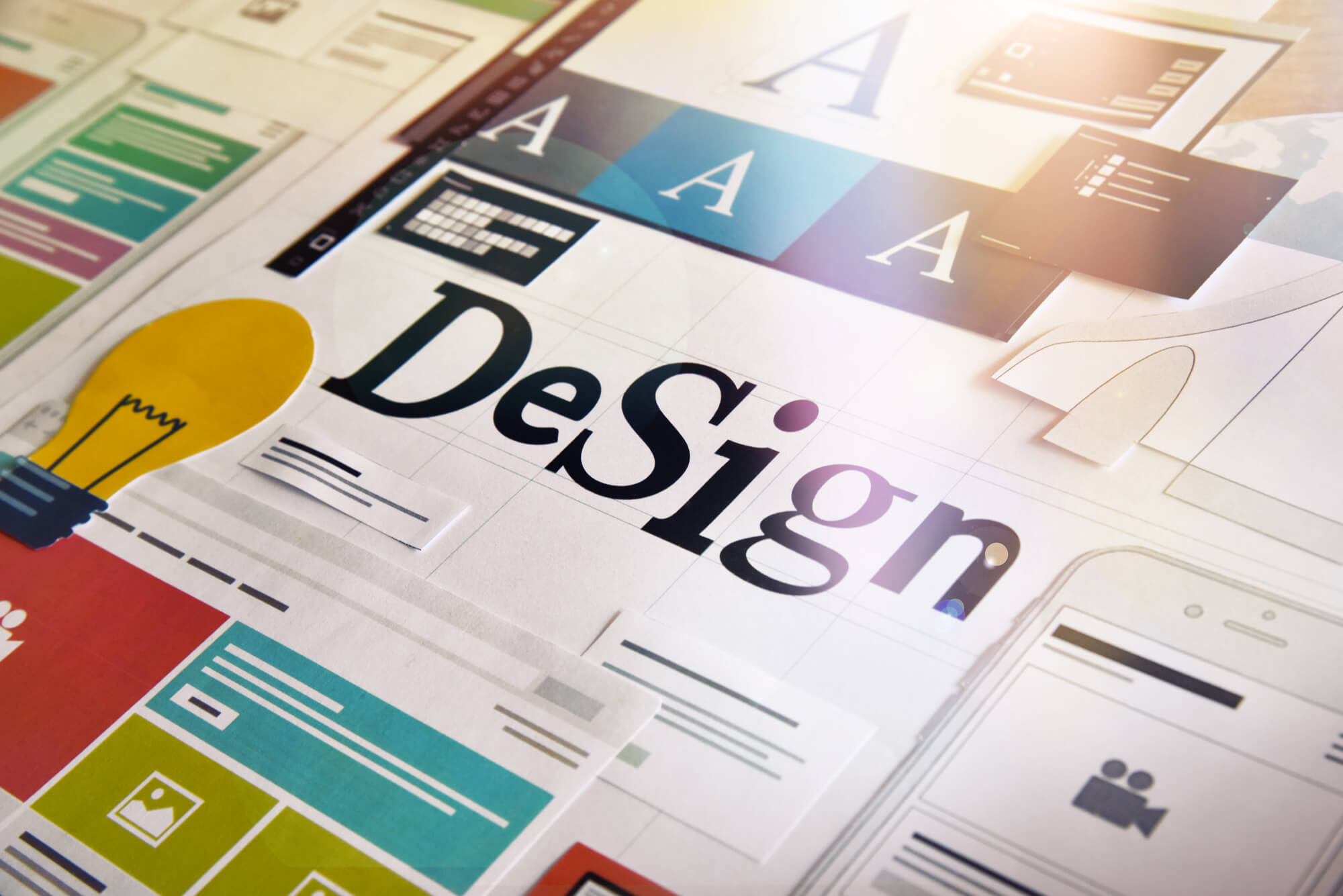
Your logo is an essential part of your corporate identity. It is a graphic representation of your business, which directly influences your company’s image and determines how others will perceive your brand.
That is why it is vital to put a good deal of thought into your logo. The hardest part is to find a balance between a great look and symbolism. Note that your logo shouldn’t be too complex. There’s no need to overload it with excessive elements or use many colors on it. The most effective (that is, recognizable and memorable) logos are usually simple and minimalist. Remember Mercedes-Benz, Apple, Nike, and McDonald’s? People immediately recognize them mostly because of their distinctive logos.
But this is not the only argument in favor of a simple logo. Keep in mind that your emblem will be used on different objects and in different places (your website, business card, merch, advertisements, etc.). Therefore, you need to make sure that your logo looks beautiful and sharp in both big and small sizes, in color, and in monochrome.
3. Define your brand colors
Color is one of the key visual elements that communicate the idea behind your brand and set your design apart from the competition. Colors used on your logo, website, products, merchandise, print materials, and so on play a decisive role in how people perceive your brand. This is because colors carry specific associations and are capable of triggering diverse emotions.
Although the symbolism of different colors is highly subjective and depends on personal experience, as well as one’s social and cultural background, colors are typically associated with specific emotions, objects, or phenomena. For example, red usually stands for power, passion, danger, and aggression; green means safety, health, and nature; yellow connotes warmth, joy, and youthfulness. So, when you choose colors for your brand, make sure they convey the right emotions.
In addition, you should consider color combinations. This is particularly important for your website design as your color scheme will directly influence your UX (user experience) and conversion rate. To make the task easier for yourself, choose one of several color harmony rules and identify the best matching colors using a color wheel.
To learn more about colors and how to choose them, check out our article “How to Choose Colors for Your Website Design.”
4. Select your brand fonts
Typography is another visual element that, in combination with a logo and brand colors, constitutes your corporate design. It makes your brand recognizable. You can either pick some classic fonts, such as Arial, Montserrat, Helvetica, and Times New Roman, or you can go with something more original, or even radical. This depends on your brand vision and philosophy, as well as your personal aesthetic preferences.
However, if you opt for a custom typeface, make sure that its readability isn’t compromised by its design. Although your visual presentation is important, readability must always come first.
5. Build a killer website
Seriously! Make it look so good that your prospects would have no reason to doubt your credibility and professionalism. Take all the design elements you have already developed during the previous steps and use them to create a fantastic business website that would make a perfect impression on visitors and bring you more customers.
Don’t know anything about website creation? No worries! With the right website builder at your disposal, you don’t need to have the technical knowledge or prior experience in creating websites to set up a stellar online presence for your company. You can simply choose and customize a suitable template or throw together a few widgets to create your own thing from scratch. Just make sure to stick to the design concept you have established and make use of your branding elements, especially brand colors and typography.
6. Apply the branded design to your business assets
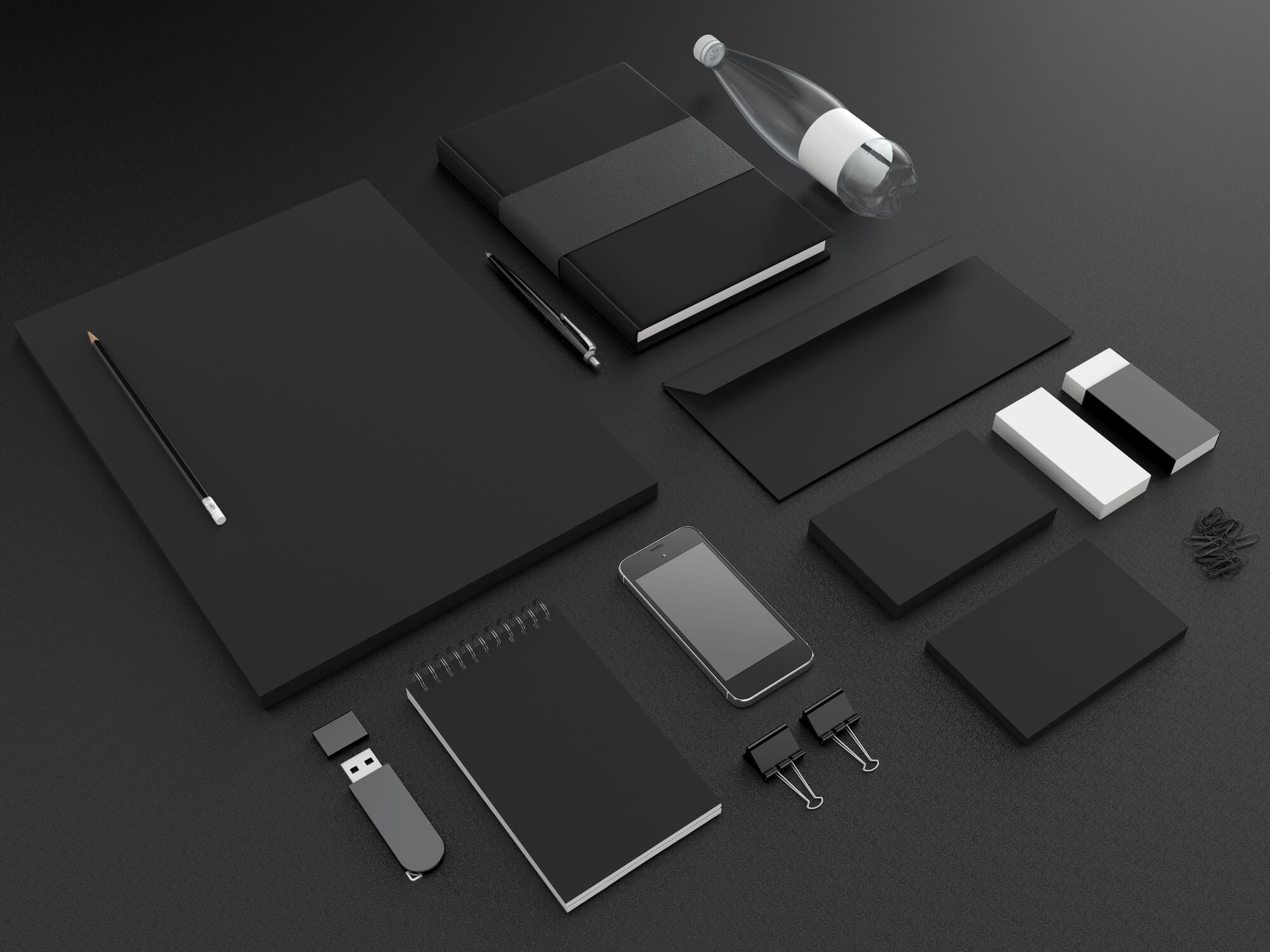
Once you have your branding essentials in place, you can apply them to your diverse business materials. These include:
- Business cards;
- Emails;
- Business accounts on social media;
- Advertisements and other marketing materials;
- Merchandise;
- Business documents;
- Packaging;
- Products.
The main point here is to make your business assets and products representative of your brand’s unique style and image. Remember, consistency is key. So make sure that all of the mentioned items create the same experience for your customers and partners. As long as everything you produce or work with pinpoints your corporate identity and makes people think about your brand, your recognition and brand awareness will receive a considerable boost.
7. Make branding guidelines
Once you have a design concept, you should invest some time to document it. Create a brand book in which the key elements of your corporate design will be presented and explained: your logo, brand colors, fonts, etc. Make sure to include vivid pictures and usage examples. These guidelines will allow you to further cement the design concept in your own mind and the minds of your employees. They will also help make your branding more consistent in the long run.
Time to design your corporate identity!

When you run a business, you need a recognizable brand to represent it. To make an impact on people, you have to make sure that your corporate identity is strong and consistent. That is why the visual presentation of your brand is so important. Put some effort into your brand design from the outset, and you will ensure long-term benefits for your business. Hopefully, with our little guide, you will achieve exceptional results in creating a distinct brand.

